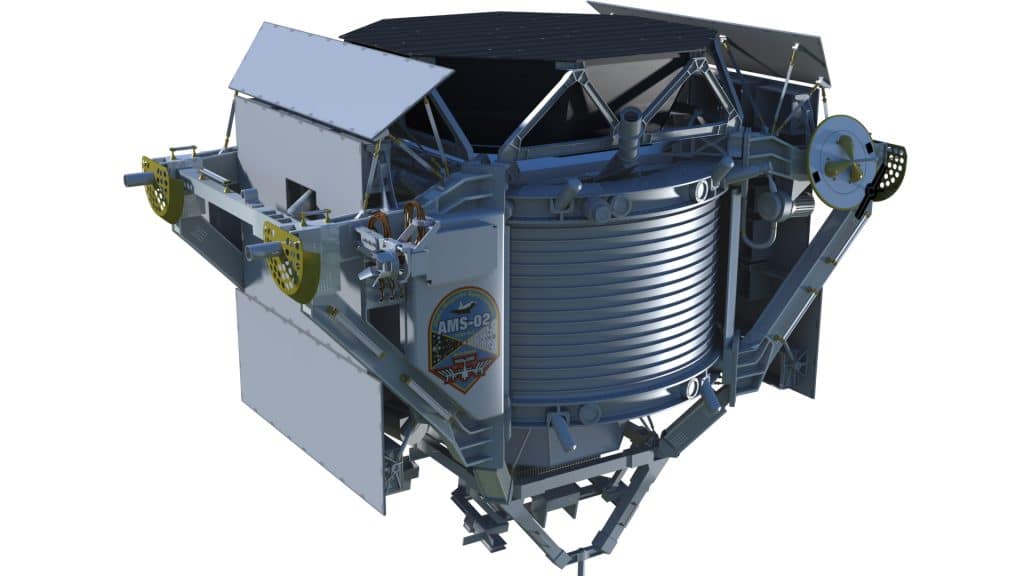Magnets In Space
By Paul Fears | 17 July 2019
2019 marks the 50th anniversary of when mankind first stepped onto the surface of the moon. However, not many people know that this momentous achievement would not have been possible without magnets. In this article, we review the important role of magnets in space.

The guidance and navigation system computers for the Apollo 11 spacecraft and lunar landing module were designed by MIT Instrumentation Laboratory and manufactured at the Massachusetts-based Raytheon Company. The memory system used magnets to generate power instead of relying on electricity. This made the system more reliable and less susceptible to power outages.
Magnets In Space 1 – for Satellites
Since the Apollo 11 mission, magnets have continued to play a key part in space exploration. Electromagnetic coils play a fundamental part in the life of a satellite. The Magnetorquer (or magnetic torquer) controls the attitude (controlling the orientation of an object with respect to an inertial frame of reference or another entity), detumbling, and stabilisation.
Magnetorquers are positioned to yield a rotationally asymmetric (anisotropic) magnetic field over an extended area. That field is controlled by switching current flow through the coils on or off, usually under computerised feedback control. The magnets themselves are mechanically anchored to the craft so that any magnetic force they exert on the surrounding magnetic field will lead to a magnetic reverse force and result in mechanical torque about the vessel’s centre of gravity. This makes it possible to freely pivot the craft around in a known local gradient of the magnetic field by only using electrical energy.
Magnets In Space 2 – The Alpha Magnetic Spectrometer

In May 2011, NASA launched the Alpha Magnetic Spectrometer (AMS-02). The state-of-the-art particle physics detector was carried into space by the Space Shuttle Endeavour and mounted on the International Space Station (ISS). The module detects and measures antimatter in cosmic rays, providing vital information to understand the formation of the Universe and search for evidence of dark matter.
Radiation and particles pass through a series of detectors in the Alpha Magnetic Spectrometer. The characteristics of particles passing directly from the top to the bottom are recorded. These include:
- Transition radiation detector measures the velocities of the highest energy particles;
- Upper time of flight counter, along with the lower time of flight counter, measures the velocities of lower energy particles;
- Star tracker determines the orientation of the module in space;
- Silicon tracker measures the coordinates of charged particles in the magnetic field;
- Permanent magnet bends the path of charged particles so they can be identified;
- Anti-coincidence counter rejects stray particles that enter through the sides;
- Ring imaging Cherenkov detector measures the velocity of fast particles with extreme accuracy;
- An electromagnetic calorimeter measures the total energy of the particles.
The magnetic force is generated by a 1,200 kg permanent neodymium magnet assembly. Original designs for the AMS-02 had considered using a cryogenic superconducting magnet, but this was rejected on the basis of magnet life (3 years versus 8-10 years). The permanent magnetic assembly generates fields up to 0.15 Tesla.
Magnets In Space 3 – A Magnetic Future For Space Travel
Many scientists believe that magnets hold the key to expansive space travel. Magnetic fields, especially those from strong permanent magnets such as Neodymium and even superconducting magnets, are being harnessed to possibly power spacecraft to the far reaches of the universe. Magnets in space could provide the answer to unlocking the secret of long distance exploration.
With all this technological development, we wonder where will there be an astronaut’s footprint 50 years from now?
Related Technical Article
Magnet and Magnet Assembly Design
Bunting designs and manufactures a wide range of magnets and magnetic assemblies. Many are bespoke for specific applications. For further information on any of the products mentioned in this article, or for bespoke magnet assemblies and magnet designs, please contact us via:
Phone: +44 (0) 1442 875081
Email: sales.berkhamsted@buntingmagnetics.com
Via Bunting-eMagnets for online purchase of Magnets and Magnetic Technology
Follow us for all our latest news on Social Media


